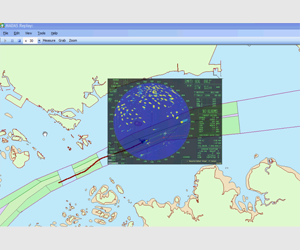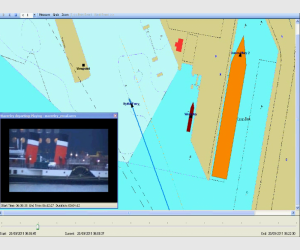MADAS
What is MADAS for?
The Marine Accident Data Analysis Suite (MADAS) was conceived by Avenca in conjunction with the UK MAIB and NTSB to meet the specific requirements of accident investigators. MADAS enables investigators to fuse digital data from all the available sources (e.g. VDR, ECDIS, AIS, VTS, GPS etc) in order to get the complete and accurate picture of what actually happened.
What does MADAS do?
MADAS provides a common toolset to display and replay all available data. So for example, if data related to an incident was available from a coastal AIS system, a VDR and an ECDIS, MADAS enables data from every source to be plotted on a single chart with synchronised replay of audio data.
MADAS is in everyday use worldwide for marine investigations and provides the following unique combination of capabilities:
- Display the position and track of multiple ships on standard nautical charts using data from one or more sources.
- Simultaneous replay of audio data from one or more VDRs to enable bridge and radio communications from more than one vessel to be synchronised and monitored.
- Display of VDR radar images overlaid on a chart, so that the radar position moves with changing ship position.
- Simultaneous real-time display of relevant navigational parameters such as speed, course, heading, depth and windspeed/direction.
- Graph multiple parameters vs. time, with cursor interrogation linked to current position of replay on chart.
- Prediction vector display of ships’ future positions.
- Accepts input from Avenca’s MADCap witness data capture software – enables comparison of witness estimates and actual ship positions and tracks.
- Bar and meter gauge displays for engine and rudder-related signals.
- Configurable alarm and door status information displays.

MADAS replay of VDR data with radar overlay

MADAS replay of AIS and Video Data
If you want to know more, or see the system in use, then please get in touch.